Graphic Design Layouts With Complex of Lines
The line art trend is conquering the graphic design world—one line at a time. It's simple yet clever. A "line" is one of the basic elements of design and arguably the most important. As famed Bauhaus artist Paul Klee famously stated, a drawing is simply "An active line on a walk, moving freely." This can mean anything from a simple straight pencil line across a page to a complex and abstract pen sketch.
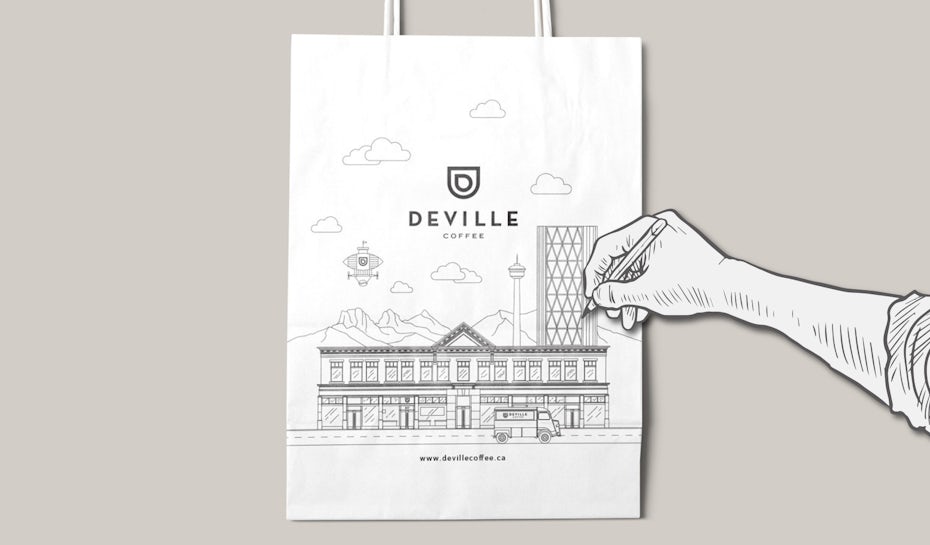
So what exactly is line art? All examples of line art have a few characteristics in common: clean lines and no shading, with bold lines that contrast starkly against their background. In contemporary uses, usually these designs are not highly detailed or realistic and instead rely on the viewers knowledge of the object being represented. In that way, line art is a great way to harness the popularity of minimalism while still communicating a strong message, blending both text and image into a unified whole.
How to use line art
—
With minimalism and flat design still dominating the trends, line art is everywhere—sitting on top of splash photos in web design, creating memorable logos for new businesses, and combining into complex patterns used on tons of eye-catching product labels. Keep reading to see some of our favorite new examples and learn how to harness the power of a good line art design for your next project.
1. Line art logos
—

The most popular arena for line art is undoubtedly logos. Brands use line art logos to feel current and on-trend. These logos work equally well in color or in black and white. Animals and objects from everyday life personalize the company and make the logo feel more fun and approachable. When done well, like the one for Roam, the simple line art makes the logo mark and type feel like one cohesive whole. When choosing a font for your line art logo, it's important to make sure the weight of the lines in the type and in the drawing are roughly the same weight, like the logo for Moose.
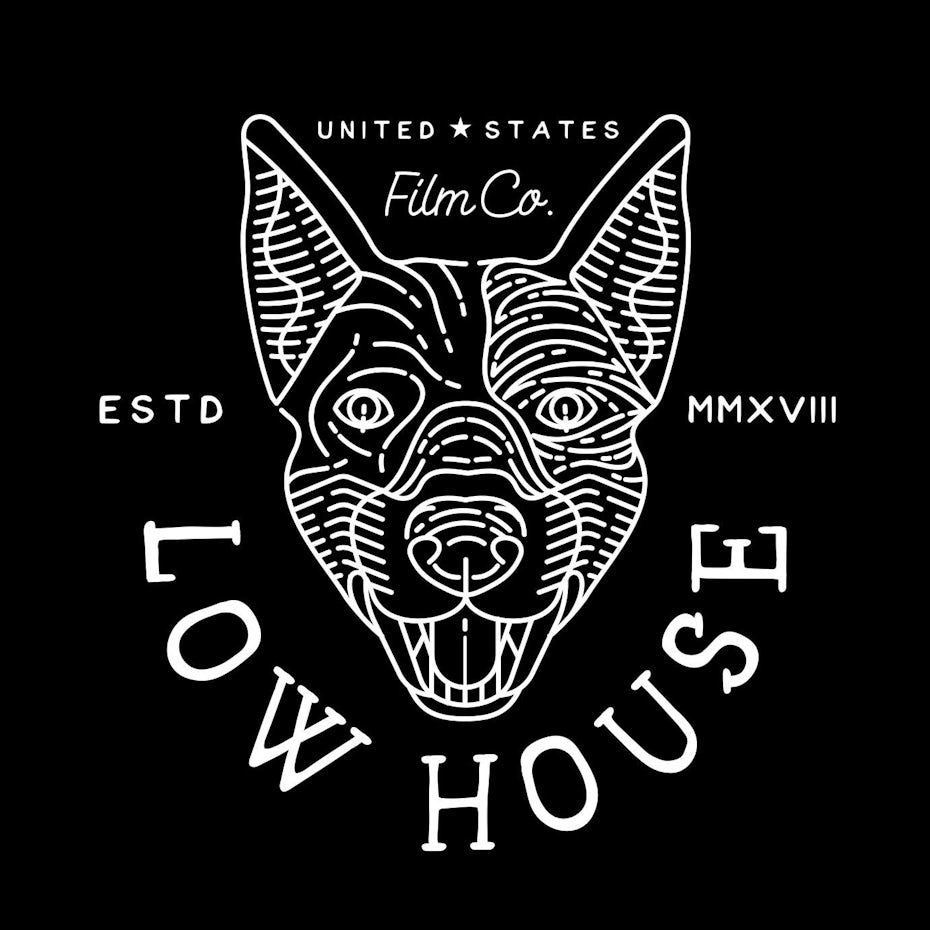
A strong line art logo design can work beautifully without text, as well. If you viewed saw the logo for Greentex, for example, you might just see a windmill. With a second glance you notice the tiny yarn trail and that the windmill's blades are actually knitting needles! While you might not understand why, the logo draws you in and makes you want to know more about the brand—all accomplished with very few lines. While many logos are monochromatic, others add color to make their logos pop off the page or screen.
2. Line art patterns
—
These days, it's impossible to walk through a store without seeing a serious amount of line art in the form of patterns. They are on everything from throw pillows and tupperwares to t-shirts and phone cases. Whether for an adult or juvenile audience, these patterns are a great way to inject a little fun into any composition. Another kind of line art pattern that's a whole lot more mature—like in the business card branding above—is a tiled version of a simple logo, which even when muted gives a nice depth to a design.
3. Line art in web design
—
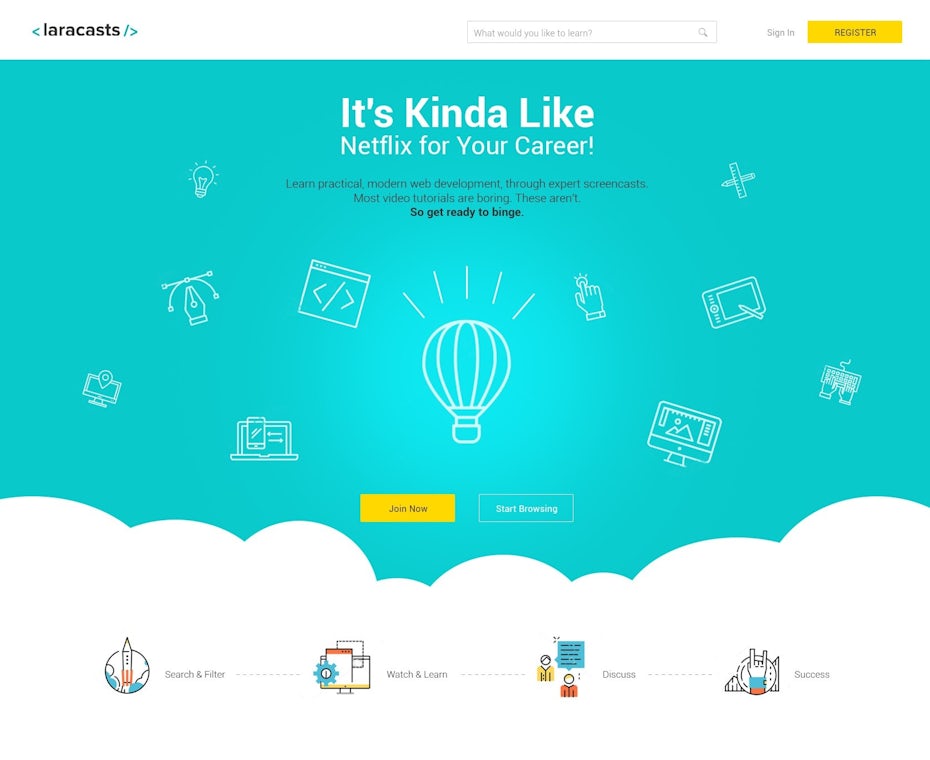
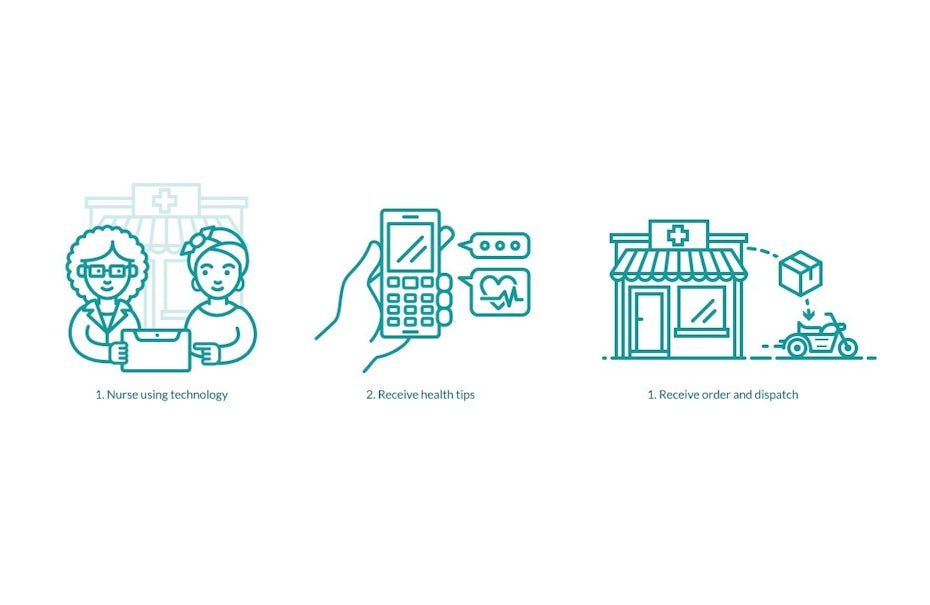
Web designers were some of the earliest adopters of the line art trend. Websites and apps need to deliver information and guide their users through an interface at myriad sizes and screen definitions. In order to do that most efficiently, many designers embrace icons. Think about how a little magnifying glass in the corner of a site has come to universally mean "Search" or a little gear means "Settings."

Now line art designs decorate pages across the web. They're used to bring an extra pop to a splash page design or guide a user through a scrolling multi-part site with ease. They are especially strong for information organization including infographics and other areas where you need to illustrate a process in an approachable, friendly way.
4. Line art in invitations and other printed products
—

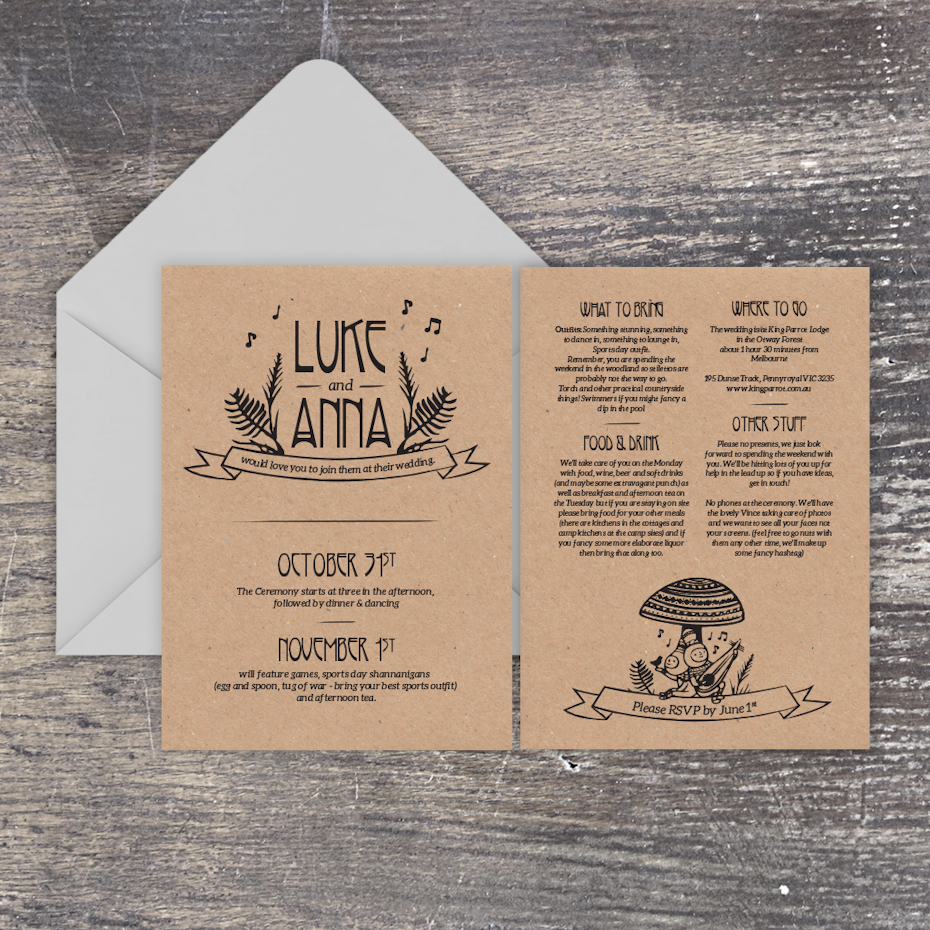
Here's one of the most touching ways line art can tell a story: invitations! Whether for a wedding, birthday or corporate event, an invitation offers a particular design challenge. It's a small space with a lot of important information to communicate. Designers have taken to using line art to both capture the aesthetic of the hosts and the event, while keeping the pertinent details like time and date clear and legible, like in the festival inspired design for Luke and Anna's nuptials.
6. Line art packaging design
—
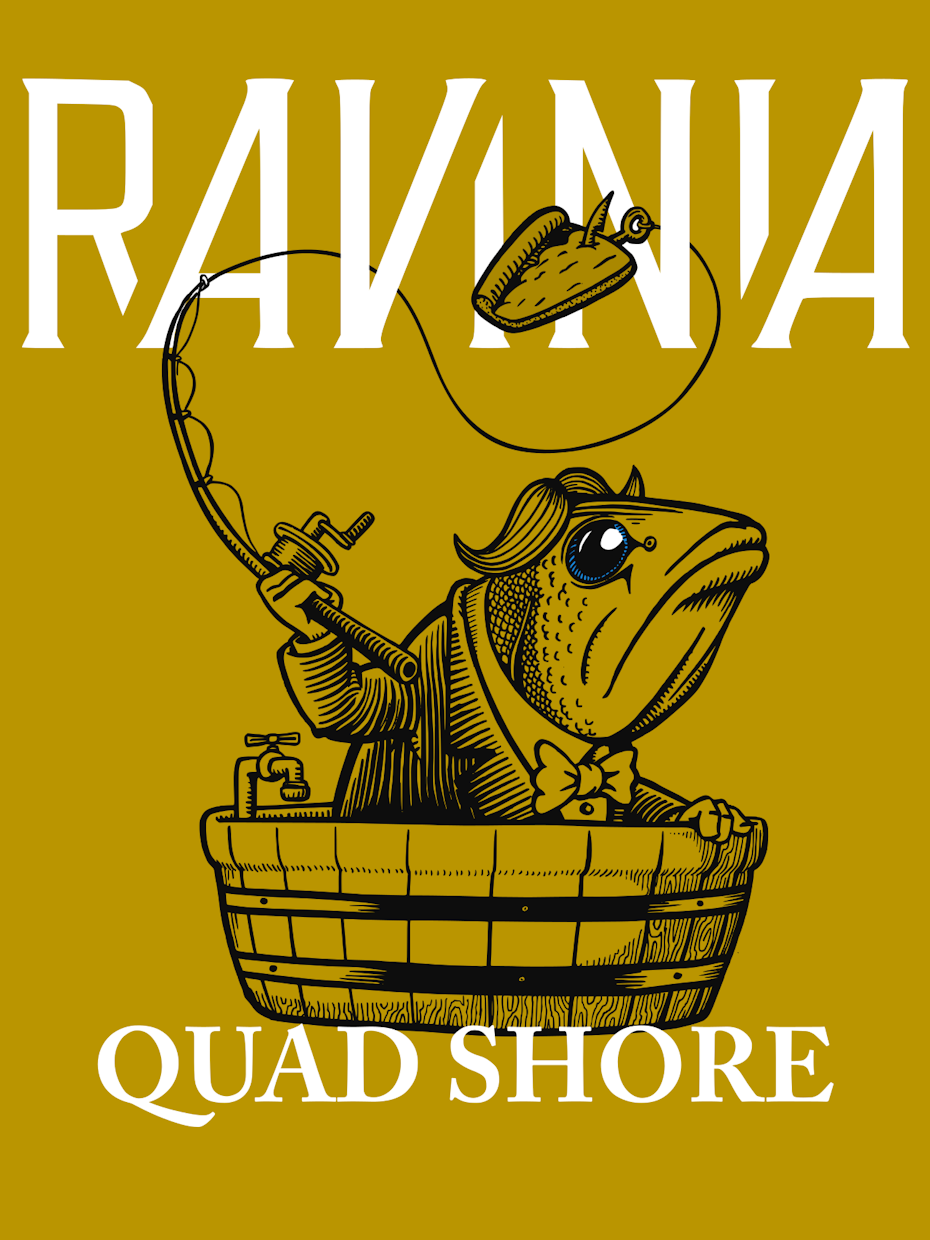
A really interesting way line art is being used these days is in product packaging. Consumers can be tempted to buy a new product that they maybe haven't heard of before if they like the packaging it comes in.
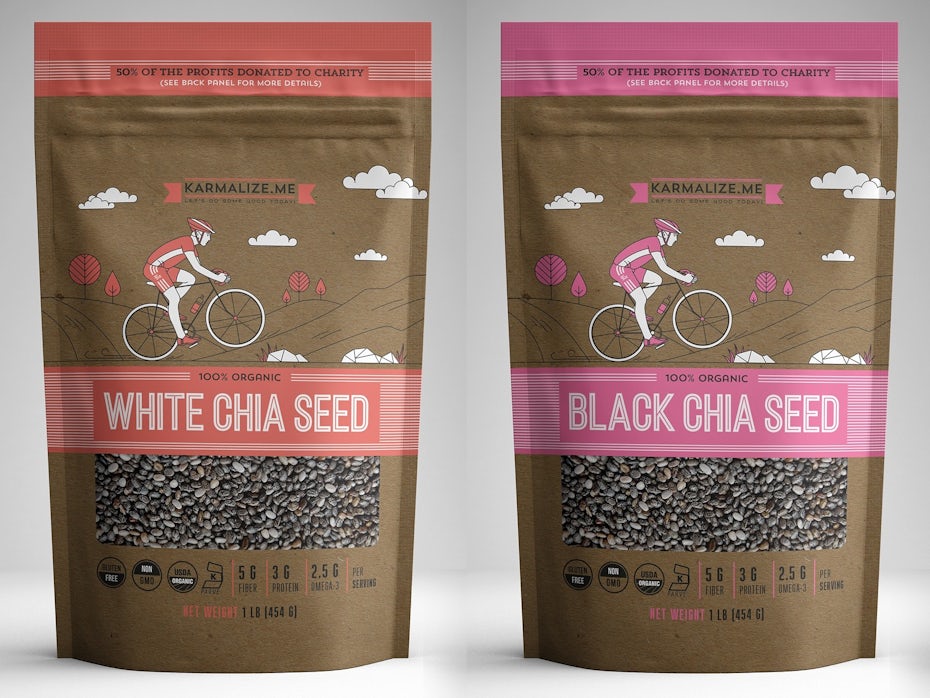

With new wineries pushing the boundaries of what is acceptable on a label, products of all kinds are embracing the custom illustrated trend. While one can't imagine more different products that chia seeds and vape liquid, designers like Mila Katagarova craft on-trend line art labels that would make both products stand out from their competitors on a shelf.
Line up for the line art trend
—
Leonardo da Vinci once wrote, "Simplicity is the ultimate sophistication." While many designs call for complexity, often times the simplicity of a line drawing will deliver the intended message efficiently and with the most power. If you want your next design to communicate complex ideas and narratives in a passing glance, consider a line art design. You won't regret it!
Need some line art in your life?
Pick the perfect designer out of this line-up.
Graphic Design Layouts With Complex of Lines
Source: https://99designs.com/blog/trends/line-art-design-trend/
0 Response to "Graphic Design Layouts With Complex of Lines"
Post a Comment